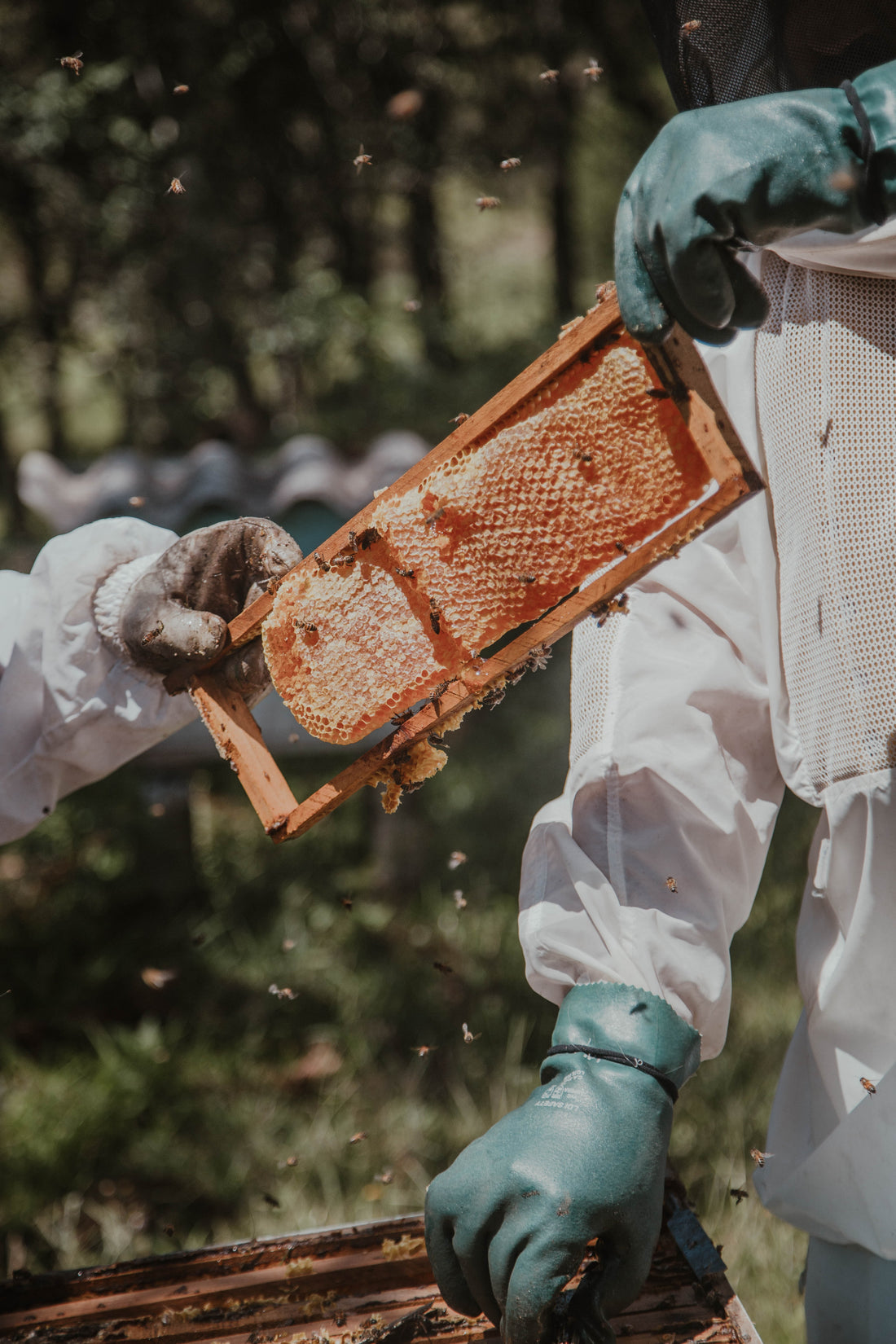The Honey Harvest: A Sweet Reward for Beekeepers' Hard Work
For beekeepers, the honey harvest is the culmination of months of hard work and dedication. It's the moment when they get to reap the sweet rewards of their labor and enjoy the delicious, nutritious honey that their bees have produced. Here's a closer look at the honey harvest process.
Step 1: Removing the Honeycomb
The first step in the honey harvest process is to remove the honeycomb frames from the beehive. These frames are filled with honey, which the bees have been storing and ripening for several weeks or months. Beekeepers use a special tool called a "smoker" to calm the bees and make them less likely to sting during the honey harvest.
Step 2: Extracting the Honey
Once the honeycomb frames have been removed from the beehive, the beekeeper uses a honey extractor to extract the honey. A honey extractor is a machine that uses centrifugal force to spin the honey out of the comb, leaving the comb intact so that the bees can reuse it.
Step 3: Filtering the Honey
After the honey has been extracted, it's filtered to remove any bits of wax or other debris that may have been left behind. This is usually done using a fine mesh or cheesecloth.
Step 4: Storing the Honey
The filtered honey is then stored in jars or other containers for future use. Beekeepers may also sell their honey at local farmers' markets or online.
Final Thoughts
The honey harvest is an exciting and rewarding time for beekeepers, as it represents the fruits of their hard work and dedication. However, it's important to remember that beekeeping is not just about the honey; it's also about supporting the health and well-being of bees and other pollinators. By practicing sustainable beekeeping methods and providing a safe and healthy habitat for bees, we can ensure that they continue to thrive and produce delicious, nutritious honey for generations to come.
